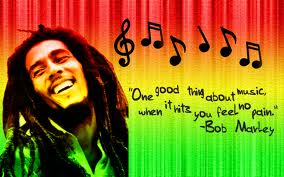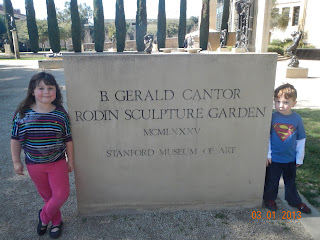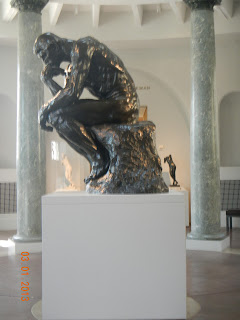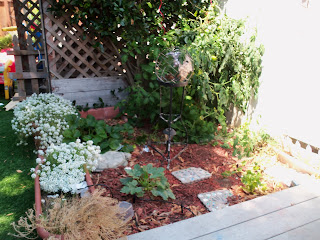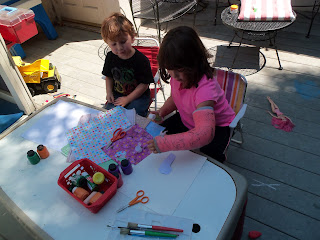 Known throughout the world as the creator and author of some of the world's most loved fairy tales, Hans Christian Andersen lived a life that wasn't exactly "happily ever after".
Known throughout the world as the creator and author of some of the world's most loved fairy tales, Hans Christian Andersen lived a life that wasn't exactly "happily ever after". He was born in Odense, Denmark on April 2, 1805 and lived a typical life until his father's death when he was still a young boy. His mother remarried and young Hans was sent away to boarding school where he had to work and go to school to help pay the tuition. He was very lonely and felt he never quite fit in with all the rich children. At age 14 he left school for Copenhagen to become an actor. He started writing stories when acting jobs proved scarce and the wealthy lawyer and politician Jonas Collin took him under his wing and sent him back to school with his own money.
 In 1822, he published his first story with more to follow. In 1835, his first volume of fairy tales, Eventyr, was published. Many more were published in the following years, including The Princess and the Pea, Thumbelina, The Little Mermaid, and the Emperor's New Clothes to name a few. His wonderful stories presented moral dilemmas and taught valuable lessons to people of all ages. His works have been translated into more than 125 languages and his books are the 2nd most reprinted in history- the Bible is 1st. All this fame didn't necessarily make him happy- he never married and was said to have been clutching a letter from a woman he loved (but who did not love him) when he died from cancer in 1875. He had never married and, though his stories were beloved by millions of children, he had no children of his own.
In 1822, he published his first story with more to follow. In 1835, his first volume of fairy tales, Eventyr, was published. Many more were published in the following years, including The Princess and the Pea, Thumbelina, The Little Mermaid, and the Emperor's New Clothes to name a few. His wonderful stories presented moral dilemmas and taught valuable lessons to people of all ages. His works have been translated into more than 125 languages and his books are the 2nd most reprinted in history- the Bible is 1st. All this fame didn't necessarily make him happy- he never married and was said to have been clutching a letter from a woman he loved (but who did not love him) when he died from cancer in 1875. He had never married and, though his stories were beloved by millions of children, he had no children of his own.As a tribute to him, his birthday, April 2nd, is celebrated as International Children's Book Day. There are numerous statues of him in Denmark and his childhood home in Odense is a museum now. One of his famous characters, the Little Mermaid, has been immortalized in a stone and bronze sculpture that resides in Copenhagen harbor.
Thank you Mr. Andersen for making the childhood of so many children that much more special.





